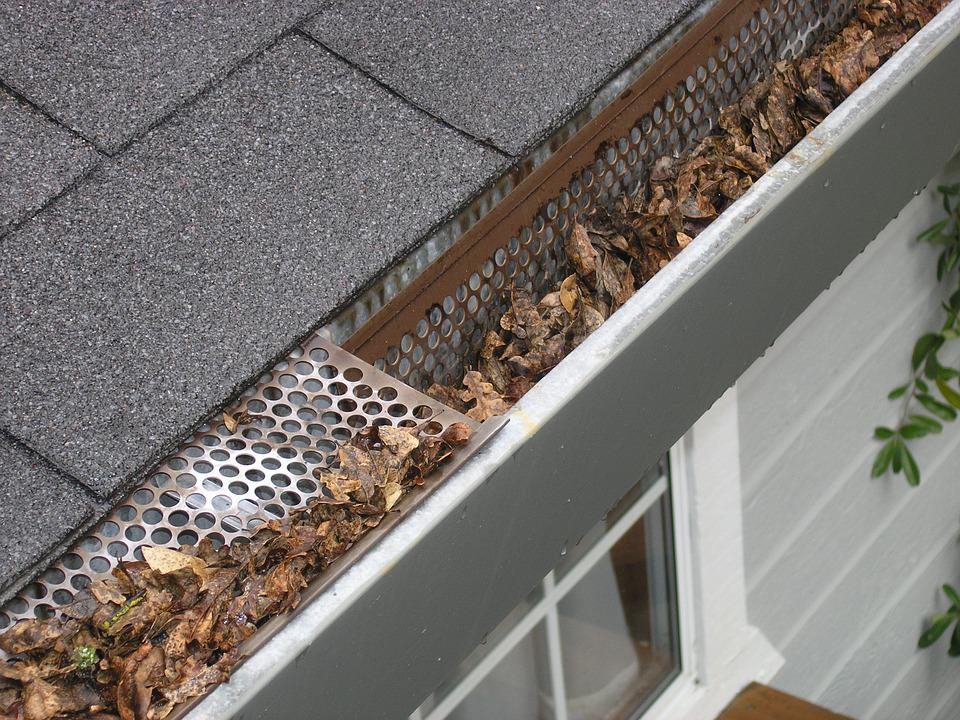Protecting Your Building with Gutters and Downspouts: The Benefits of Effective Rainwater Management
Gutters and downspouts are essential components of a building's rainwater management system. They play a crucial role in protecting the building's structure and surrounding landscape from water damage caused by rainwater runoff. In this article, we will discuss the importance of having gutters and downspouts and how they contribute to the longevity and aesthetic appeal of a building.
Protects the Building's Structure
The primary function of gutters and downspouts is to channel rainwater away from the building's foundation, roof, and walls. If rainwater is allowed to collect around the base of a building, it can penetrate the structure, leading to water damage and potential mold growth. Over time, this can cause the building's foundation to shift, crack, or even collapse. By diverting rainwater away from the building and into a proper drainage system, gutters and downspouts help to protect the building's structure and prevent costly water damage repairs.
Prevents Landscape Erosion
Gutters and downspouts also help to prevent landscape erosion caused by rainwater runoff. When rainwater is not properly channeled away from a building, it can accumulate on the ground and erode the soil around the foundation, creating sinkholes, washouts, and other unsightly landscape features. By directing rainwater into a properly designed drainage system, gutters and downspouts help to prevent landscape erosion and maintain the aesthetic appeal of the surrounding area.
Minimizes Mosquito Breeding
In addition to protecting the building and landscape, gutters and downspouts also help to minimize mosquito breeding. Standing water in gutters and downspouts can provide a breeding ground for mosquitoes, which can be a significant health hazard. Properly designed and maintained gutters and downspouts help to eliminate standing water, reducing the risk of mosquito breeding and improving the overall health and safety of the building and surrounding area.
Increases Energy Efficiency
Gutters and downspouts can also help to increase a building's energy efficiency by preventing water damage to the roof and walls. If rainwater is allowed to penetrate the building, it can cause insulation to become wet and less effective, leading to increased energy costs. By directing rainwater away from the building, gutters and downspouts help to prevent water damage and improve energy efficiency, saving building owners money on energy bills.

Enhances Aesthetic Appeal
Finally, well-designed and properly maintained gutters and downspouts can enhance the aesthetic appeal of a building. With a wide variety of materials, colors, and styles to choose from, gutters and downspouts can be designed to complement the architectural style and aesthetic of the building. By adding visual interest and aesthetic appeal, gutters and downspouts can help to increase the curb appeal and overall value of the building.
Summary
Gutters and downspouts are essential components of a building's rainwater management system, playing a crucial role in protecting the building's structure and surrounding landscape from water damage. They also help to minimize mosquito breeding, increase energy efficiency, and enhance the aesthetic appeal of a building. By properly maintaining gutters and downspouts, building owners can ensure the longevity and aesthetic appeal of their property for many years to come.
Homes for rent: Homes for rent in Massachusetts
Homes for sale: Homes for sale in Massachusetts
